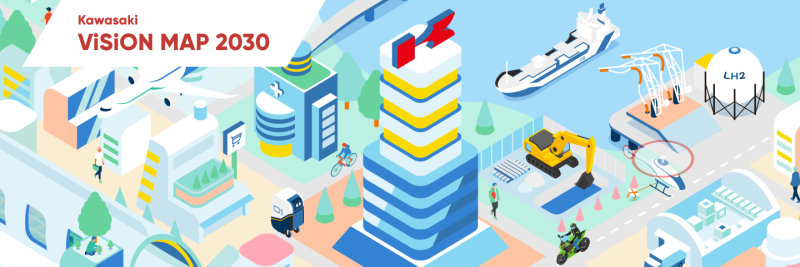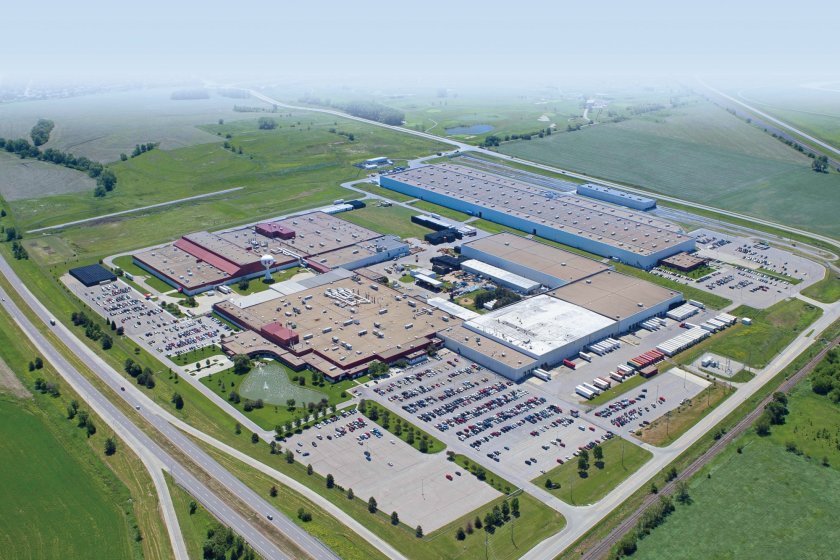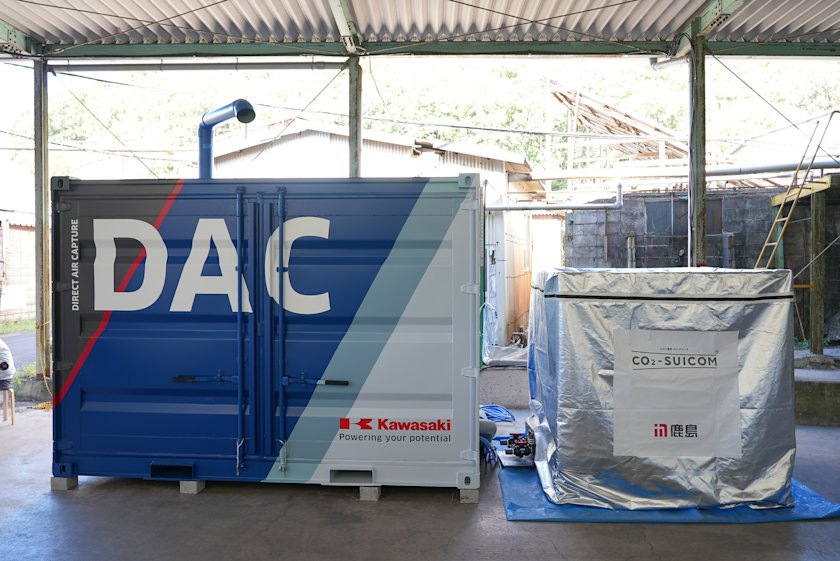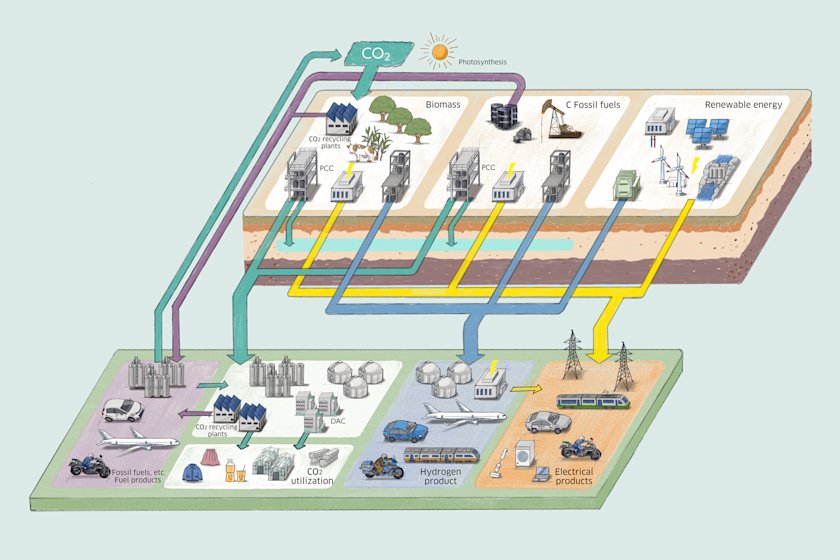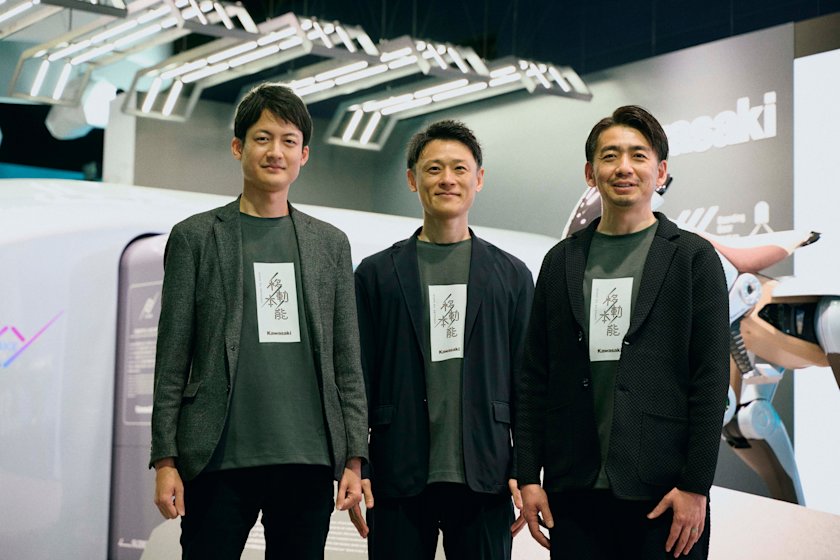Digital transformation means building a foundation for our vision

Kawasaki is implementing digital transformation in order to realize its vision. Here is the voice of an employee improving the process of providing value both internally and externally, taking part in diverse projects from monozukuri (the creation of tangible products) to kotozukuri (the creation of value). (This article is a part of Kawasaki ViSiON MAP 2030, which imagines the future of the Kawasaki Group.)
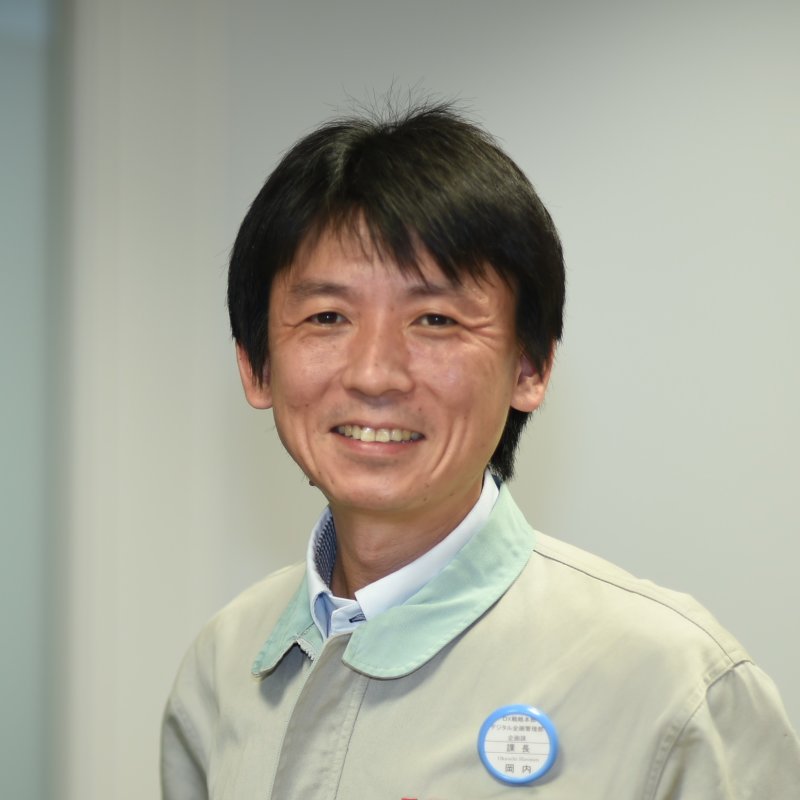
DX Strategy Division,
Head Office
Okauchi joined Kawasaki in 2004. He has been inspired by the words of his mentor to be an engineer who can do anything regardless of their specialty, and has gained a wide range of experiences, including welding, planning, research & development, and administration of the monozukuri (making of products) system, and has been implementing digital transformations within the department since 2021.
Digital transformation begins with dramatically changing our point of view
What do you think is the difference between digitalization and digital transformation? In my opinion, digitalization means to introduce a digital tool to a part of the existing work flow, while digital transformation means changing everything, including the fundamental ways of thinking. Adopting an electronic signature system or installing a tool for use in a certain department is simply digitalization. Digital transformation means to shift the overall corporate system in accordance with the company’s vision, or in the case of the Kawasaki Group, creating “Trustworthy Solutions for the Future” from a different standpoint without regard to the status quo.

Expanding our realm from monozukuri (the creation of tangible products) to kotozukuri (the creation of value)
One of the keywords for Kawasaki’s digital transformation is “seamlessness.” In particular, two matters should be seamless: our organization and the value provided to customers. With regards to our organization, we aim to eliminate barriers between departments and offices for better collaboration by encouraging communication with employees in different sections via internal communication tools and data integration from each business site with the use of cloud computing. With regards to the value provided to customers, we hope to make the sales of “tangible products” and “service” seamless. Conventionally, Kawasaki’s business is mainly in tangible products. For example, when we sold power generation equipment, delivering it was the end of the transaction. However, we have changed this mindset; what the customer needs is not a box for power generation but a means to produce electricity. With this mindset, we can serve to provide more stable operation and more efficient power generation by making full use of data and systems, such as the accumulation and analysis of actual operational data and providing assistance in maintenance and inspections through a remote monitoring system. We can offer value related to the intangible, or koto, which steps ahead of the tangible, or mono. To build a foundation for it is exactly what digital transformation is intended for. We are now preparing conditions to carry out kotozukuri.
Reforming the organization as a whole
To establish a base for the creation of value through kotozukuri, it may be necessary to thoroughly change the organization itself. As the “transformation” in “digital transformation” indicates, I do not simply want to introduce tools and techniques, but to transform the organization and the business schemes for the sake of the future we desire. I am not only expected to be familiar with information technology and digital equipment but must also work on ideas to remove the barriers between our company vision and where we are now. I am devoted to the creation of the new Kawasaki Group through strengthening the foundation for our business.

The information contained in the article is current as of December 2022.
"Kawasaki ViSiON MAP 2030" presents the future we want to realize by the year 2030, presented through the voices of Kawasaki staff working towards our vision. We hope you join us to learn about their efforts in social change, and to imagine the future we can achieve together.
